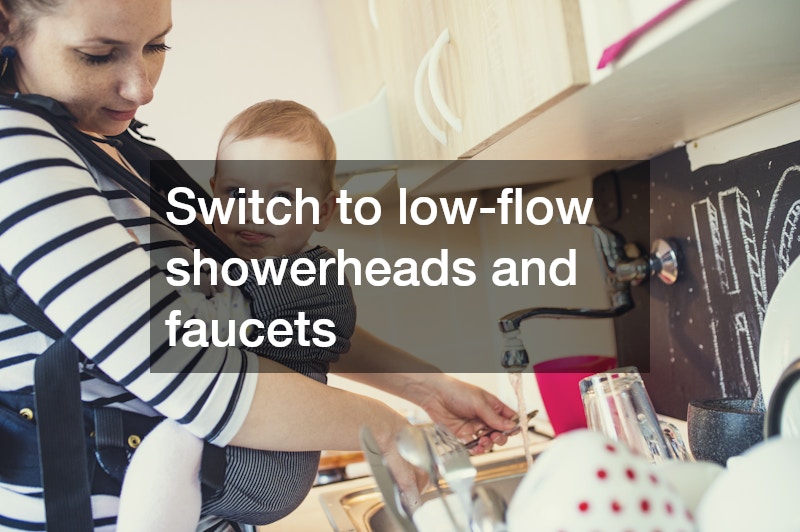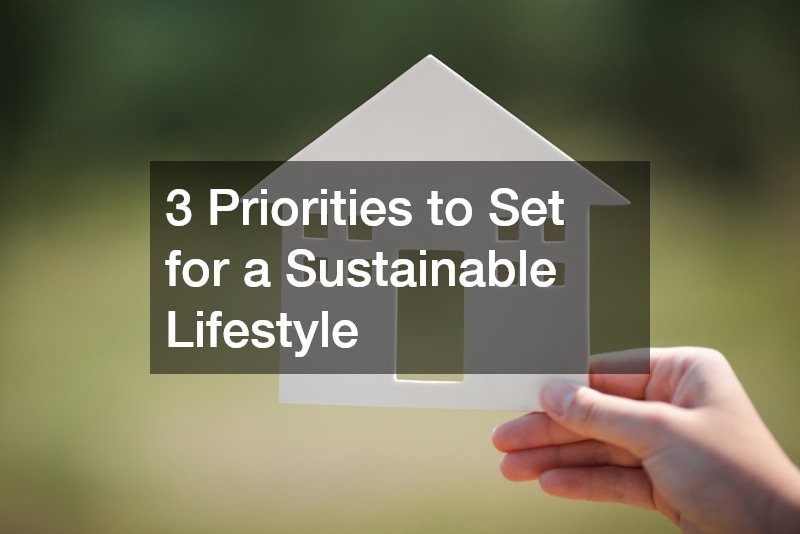Promoting a sustainable lifestyle at home is good for your finances, your health, and the environment. According to the Environmental Protection Agency, the average American produces 4.9 pounds of garbage per day. By prioritizing sustainable practices such as recycling, composting, and reducing consumption, you can significantly reduce this waste.
According to the Department of Energy, implementing energy-efficient practices can help a household save up to 25 percent on its energy bills. This includes installing energy-efficient appliances, using proper insulation, and harnessing renewable sources of energy.
The World Health Organization has also shown a link between green living and better health. They found that homes with natural ventilation have a 20% reduction in respiratory problems. Adopting a sustainable lifestyle is important for the environment, saving money, and improving health.
You may not be sure what you should do to protect the environment at home or which practices are best for you. Here are a few tips to help you prioritize sustainable practices.
Energy Conservation

It is crucial to learn how to conserve energy in your home. Small changes can reduce your carbon footprint and lead to significant financial savings.
Take these practical steps to consider:
- Make the switch to LED lights: LED light bulbs are up to 80% more energy efficient than conventional lighting such as incandescent and fluorescent. They are more energy efficient and last longer.
- Unplug electronic devices: Electronic devices that are plugged in can consume energy even when they are not being used. Unplug devices when not in use.
- Switch to energy-efficient appliances: Appliances that have an Energy Star rating were designed to be more energy efficient, and consume less power than regular appliances.
- Install an energy-saving programmable thermostat: A thermostat that can be programmed will help you manage your heating systems and cooling systems more efficiently.
You can contribute to a sustainable future by making these small adjustments.
Effective Waste Management
A sustainable lifestyle includes a focus on managing waste effectively. Waste management is a process of reducing, recycling, and reusing materials. This has significant benefits for the environment, economy, and health.
Reduce the amount of waste produced to reduce the energy and resources consumed during the production process. Reusing products gives them a second life and keeps them out of landfills. Recycling is a vital practice to close the waste cycle by converting waste products into new products.
You must first learn which materials you can recycle at home and in what categories. These are some of the types that can be re-cycled:
Glass and Plastic
If they are clean, glass and plastic can be recycled. Some local programs do not recycle glass. Check your city’s policy before recycling. Plastic items are usually marked with a number between one and seven that indicates the type of plastic.
Metals
Cans made of aluminum and steel are easily recyclable, as they can be melted for reuse. Look for the label that says they’re made of recycled materials when you shop for canned goods. You can donate or sell old metal items such as jewelry and kitchenware.
Paper and Cardboard
You can easily recycle paper and cardboard products, including newspapers, cereal boxes, and packaging. When you shop, look out for products that contain recycled or post-consumer paper. Paper and cardboard are usually recycled using single-stream recycling.
Used Cooking Oil
Even though it is not a common item to recycle, you can still reap many benefits. Biodiesel can be made from used cooking oil, a fuel that is environmentally friendly. It’s important to locate a company that recycles and collects used cooking oils in your area.
Reduced Water Consumption

Water will always play a vital role in a sustainable life. The human population uses nearly 20% of freshwater daily to do things like cooking and cleaning.
There are many ways to reduce water consumption in your home. Identify where you waste water and which appliances are water-efficient. Switch to low-flow showerheads and faucets.
Rainwater harvesting and greywater recycling are two natural methods of conserving water. Rainwater harvesting is a way to capture rainwater from your roof for use in various ways, such as washing clothes or watering plants. Greywater recycling is the process of collecting water used in showers, sinks, and other sources to reuse for irrigation or flushing.
Follow these tips to help you prioritize sustainability in your home and make a positive contribution towards a brighter future. Every small change counts. Start making changes now
